How Much Electricity Does a Heating Pad Use (Quick Guide)

Have you ever wondered how much electricity your heating pad uses? I have! And as someone who loves finding ways to conserve energy and save a few bucks, I took it upon myself to uncover the answer.
Heating pads don’t use a whole lot of electricity. Depending on size and settings, they typically require between 50 and 200 watts, with some even using as little as 20 watts on their lowest settings. Plus, you can adjust the temperature to suit your needs, which helps conserve energy.
Stick with me, and we’ll dive into more detail.
Understanding Electricity Usage in Heating Pads
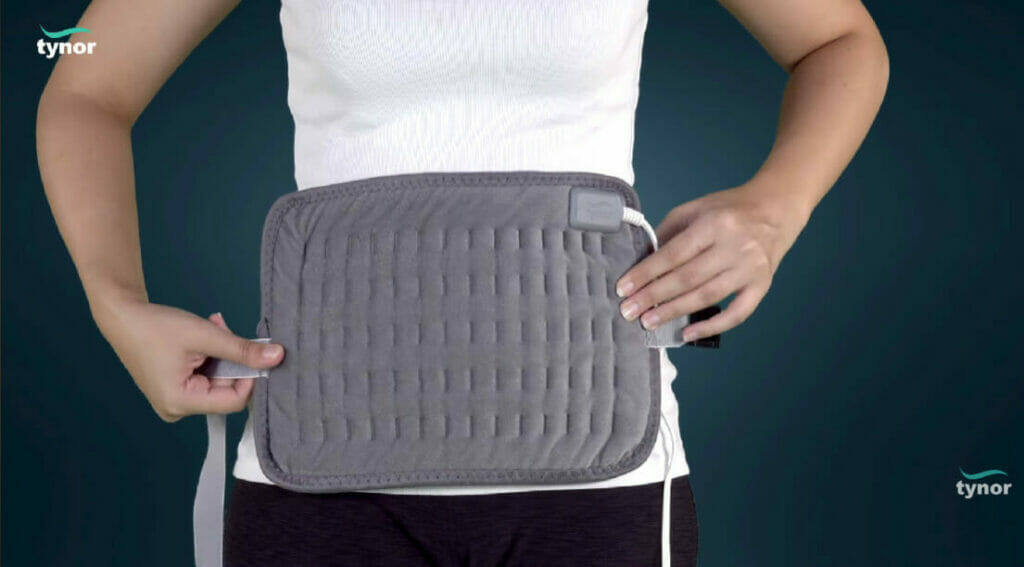
Wattage and Kilowatt-Hours
When I started using heating pads, I didn’t know much about their electricity usage. It turns out they vary in wattage.
I discovered heating pads typically require between 50 and 150 watts, with some needing as little as 20 watts on their lowest settings.
Now, let’s talk about kilowatt-hours (kWh). It’s the unit used to measure energy consumption over time, and it’s crucial for understanding the cost of using heating pads.
One kilowatt is equal to 1000 watts. So if you have a 40W heating pad running for 1 hour, it uses 0.04 kWh of electricity.
Power Consumption and Energy Efficiency
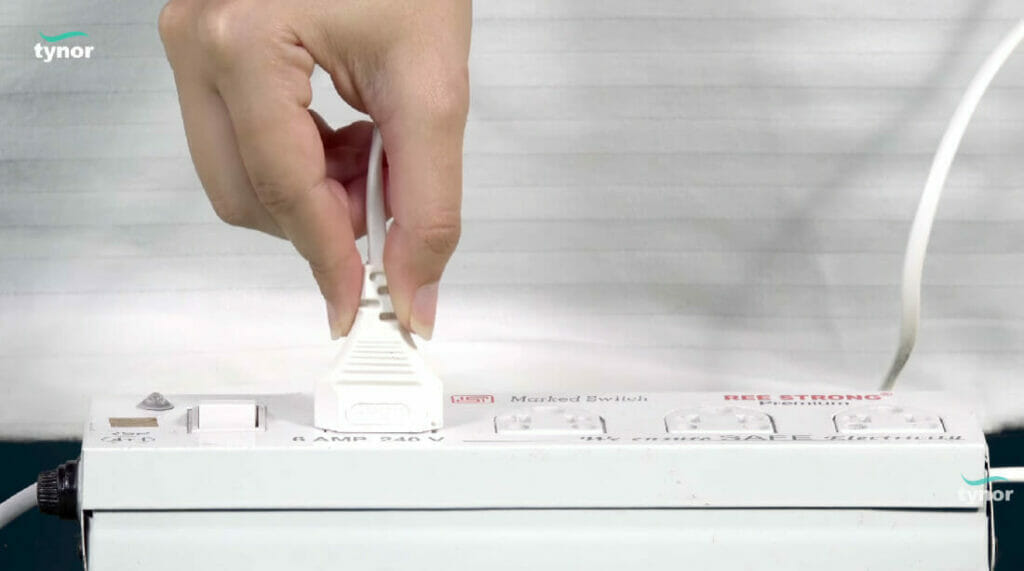
Power consumption largely depends on the heating pad’s size and settings.
For instance, a mid-sized heating pad uses about 80 watt-hours (Wh) or 0.08 kWh of electricity daily if you use it for 2 hours. That’s about 2.4 kWh a month and 29.2 kWh a year.
In terms of cost, you’re looking at around $0.36 a month or $4.38 a year to use a heating pad, which I find pretty reasonable for its comfort.
If you’re like me and want to save money on energy costs, try lowering the heat settings and turning off the heating pad after 20 to 30 minutes.
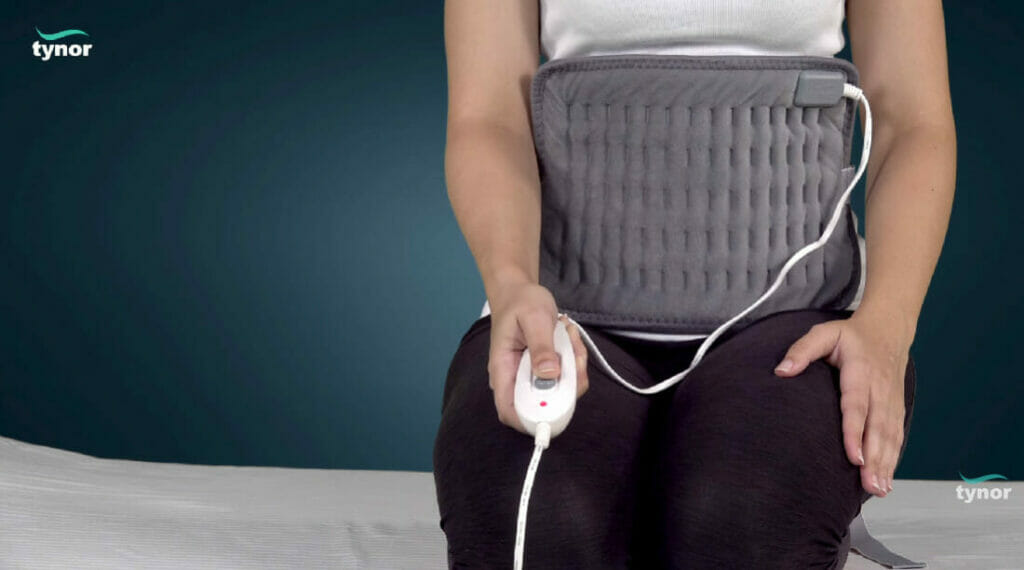
Some heating pads have energy-saving features, such as adjustable heat settings and automatic shut-offs. So, choosing one that meets your needs and aligns with your desired electricity usage is essential.
Check the user’s manual for more information on your heating pad’s electricity consumption. Using heating pads doesn’t have to break the bank regarding electricity costs.
I’ve found that keeping an eye on wattage, kilowatt-hours, and energy efficiency helps me stay warm and cozy without worrying about energy consumption.
Key Factors Influencing Energy Usage
A few factors can impact the amount of electricity used. Let’s dive into them.
Size and Shape
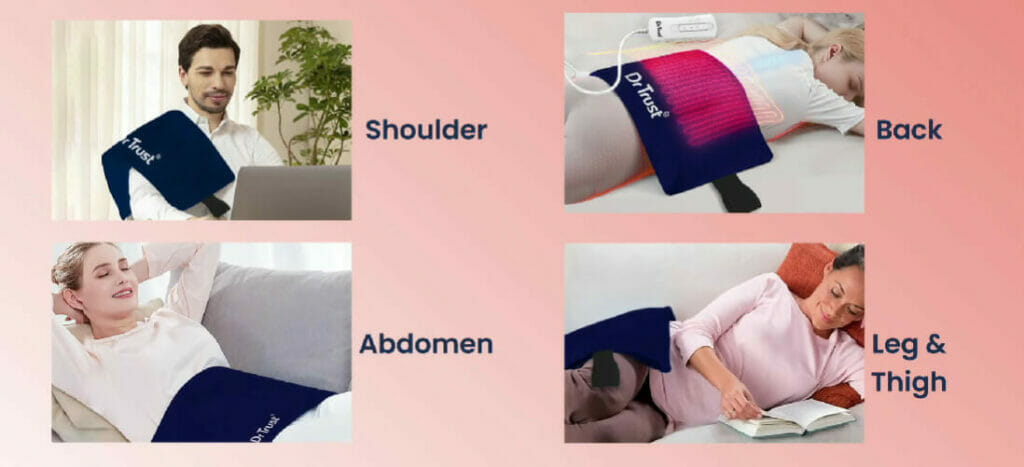
Different heating pads come in various shapes and sizes, which can affect energy consumption. For example, a small mattress pad might use 60-100 watts, while a large heating pad needs 120-200 watts.
So, if you’re using a smaller pad, you’ll save energy compared to a larger one.
Power Source
Some heating pads use electricity, while others use batteries or USB connections.
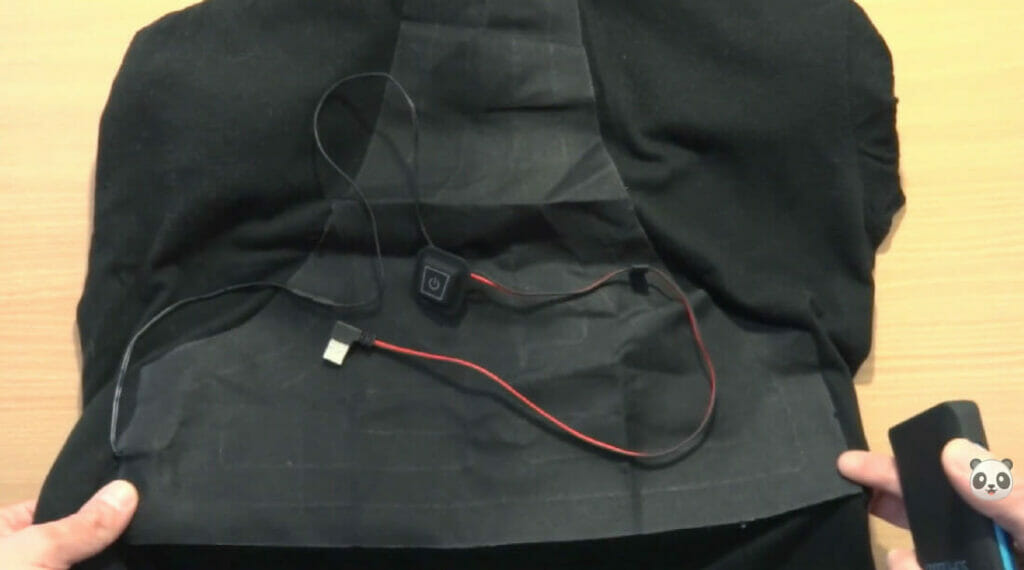
Generally, an electric heating pad will use more energy than a battery or USB-powered one. If you’re concerned about energy usage, consider using a battery or USB-powered heating pad.
Settings
The settings on a heating pad also play a role in its energy consumption. Some pads offer multiple heat level settings, allowing you to adjust the temperature to your needs.
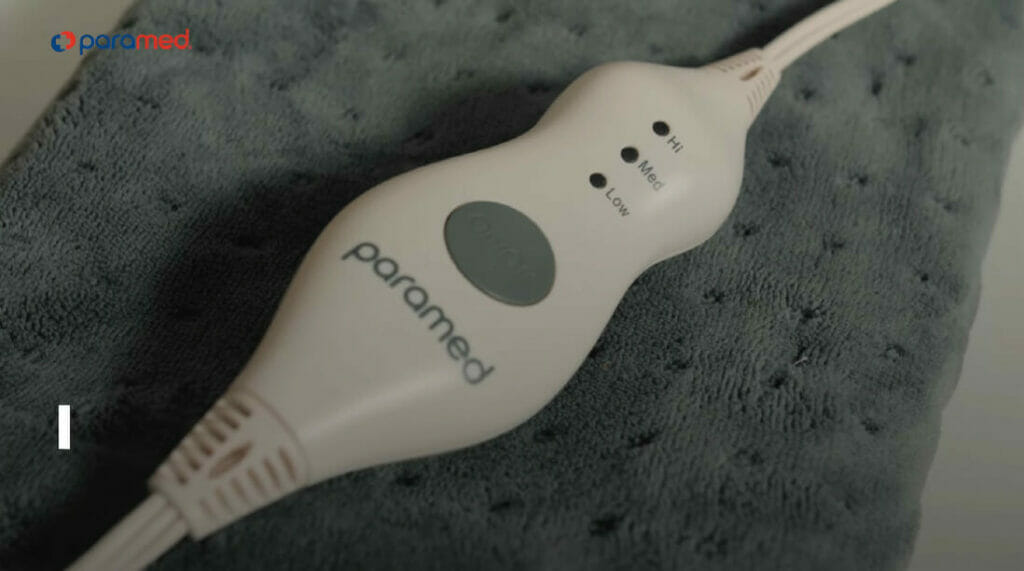
An important note is that higher heat settings use more energy than lower ones. Here’s a brief breakdown of wattage ranges for different heating pad categories:
- Heat therapy pads: 10 to 70 watts
- Small mattress pads: 60 to 100 watts
- Medium blankets: 70 to 150 watts
- Large heating pads: 120 to 200 watts
When choosing a heating pad, consider these factors to determine not only the most comfortable option but also to be energy-conscious. Happy heating!
Different Types of Heating Pads
| Type | Pros | Cons | Average Electricity Consumption |
|---|---|---|---|
| Electric | Adjustable temperature, often larger | Requires access to a power outlet, can have higher EMF | Varies widely, typically around 50-200 Watts |
| Microwaveable | Portable, doesn’t require a power outlet | Heat can dissipate quickly, risk of burns if overheated | Depending on microwave wattage generally heats 1-5 minutes in a 700-1000 Watt microwave |
| Chemical | Highly portable, instant heat | Single-use, heat level not adjustable | No electricity consumption |
| Infrared | Deep penetration, low EMF | More expensive, may require more space | Usually 100-300 Watts depending on size and model |
Cost and Energy Efficiency Considerations
As a savvy homeowner, I know you want to keep your heating pad costs manageable while maximizing energy efficiency.
Let’s dive into some essential tips on calculating its energy usage and explore efficient heating pad alternatives.
Calculating the Cost to Run a Heating Pad
When I want to figure out the cost of running a heating pad, I use this quick formula:
Cost = (Wattage × Hours Used × Electricity Rate) ÷ 1,000
First, you’ll need to find the wattage of your heating pad, typically available on the label or manual.
Next, multiply that by the hours you use it daily and your local electricity rate (usually in cents per kWh). Finally, divide that product by 1,000 to get the estimated daily cost.
For example, if your heating pad uses 50 watts and you run it for 5 hours a day at a rate of 15 cents per kWh:
Cost = (50 × 5 × 15) ÷ 1,000 Cost = 0.75
Which means it costs around 75 cents a day to run!
To accurately track your heating pad usage, consider using an electricity usage monitor to measure its precise wattage or amperage consumption.
This handy device lets you keep energy usage in check and avoid surprises on your electric bill.
Energy-Efficient Heating Pad Options
I’m a big fan of energy-efficient heating pads, which have a lower wattage capacity and use less energy. Here are a few options to consider:
- Insulated Heating Pads: These pads have an extra layer of insulation, helping them retain heat longer and reducing the energy required to maintain temperature levels.
- Temperature Control: Heating pads with adjustable temperature settings cater to your comfort without consuming excess energy. Plus, a built-in timer can auto-shutoff to avoid overuse.
- Thermal Conductivity: Some heating pads use materials with excellent thermal conductivity, like carbon fiber or graphene. This means they warm up quickly and evenly, reducing the time spent at high wattage.
So remember to check the wattage and look for energy-efficient features when shopping for your new heating pad. I’ll be rooting for you to keep warm and save energy simultaneously.
Electric Blankets and Mattress Heating Pads
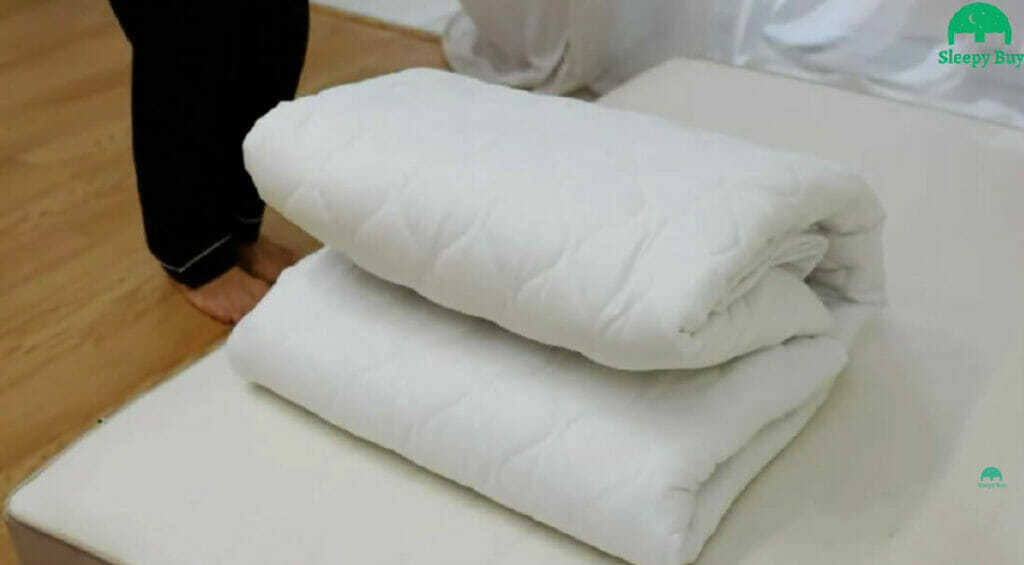
Electric blankets come in various sizes and colors, and they’re perfect for curling up on the couch or keeping warm in bed at night.
I’ve found that most electric blankets use between 60 and 200 watts, depending on their size and settings.
Smaller blankets may use as little as 10 to 70 watts, while larger ones may require up to 120-200 watts.
Electric mattress pads function similarly to electric blankets, with smaller pads using 60 to 100 watts and larger ones using 70 to 150 watts on average.
One thing I always recommend is to unplug these items when you’re not using them.
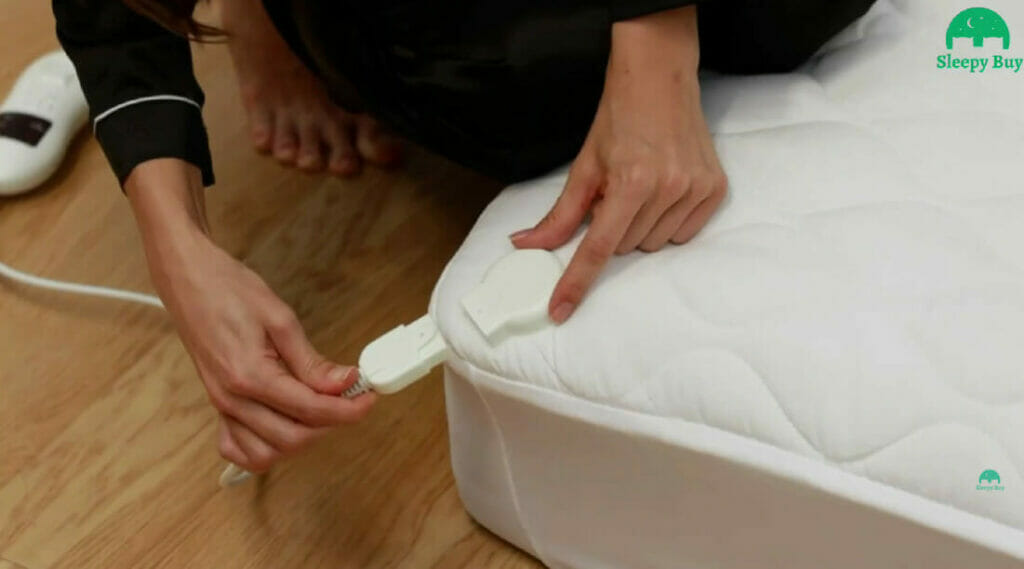
It’s also important to avoid using extension cords, as they can cause overheating and potentially damage the heating element.
References
Studies:
- Portable Heat Kit – Explorative research on the application of heat as a comfort material in day-to-day life. https://www.diva-portal.org/smash/get/diva2:1700023/FULLTEXT01.pdf
- Thermal comfort performance and energy-efficiency evaluation of six personal heating/cooling devices. https://www.researchgate.net/publication/359793968
Books:
- Energy: Its Use and the Environment by Roger A.
- Energy Efficiency: Principles and Practices by Barry W. Kennedy and Howard S. Katz
- Energy Efficiency: Concepts and Calculations by S. V. Szokolay
Video References
Tynor
Dr Trust (Nureca)
Panda Engineering
Paramed
Sleepy Buy
